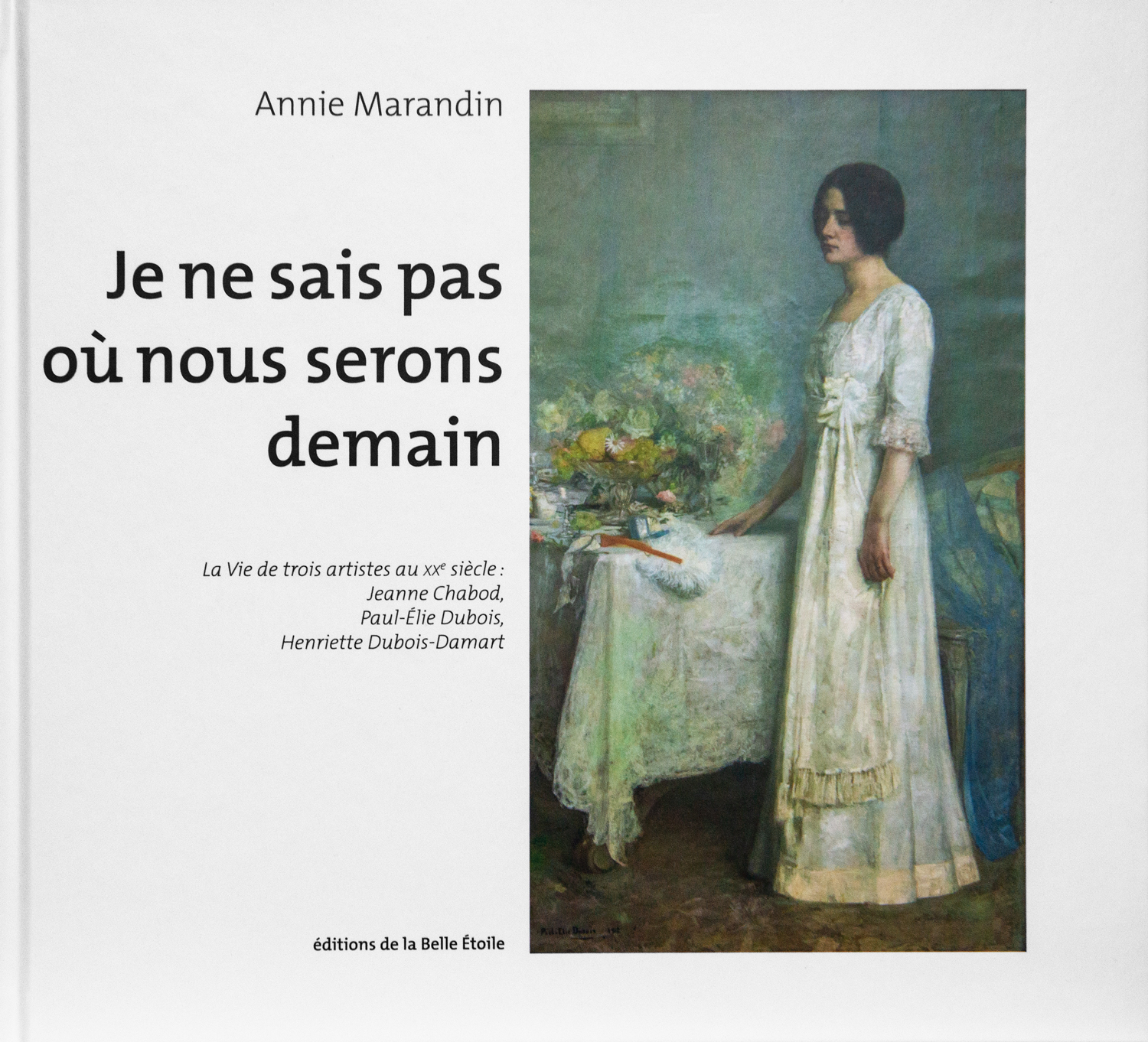Paul-Elie Dubois un peintre d'ici et d'ailleurs. Par Annie MARANDIN
Paul-Elie Dubois un peintre d'ici et d'ailleurs.
par : Annie MARANDIN
La séance commence par une courte allocution de notre président André BOUVARD qui donne quelques brèves concernant la SEM elle-même et le patrimoine du Pays de Montbéliard.
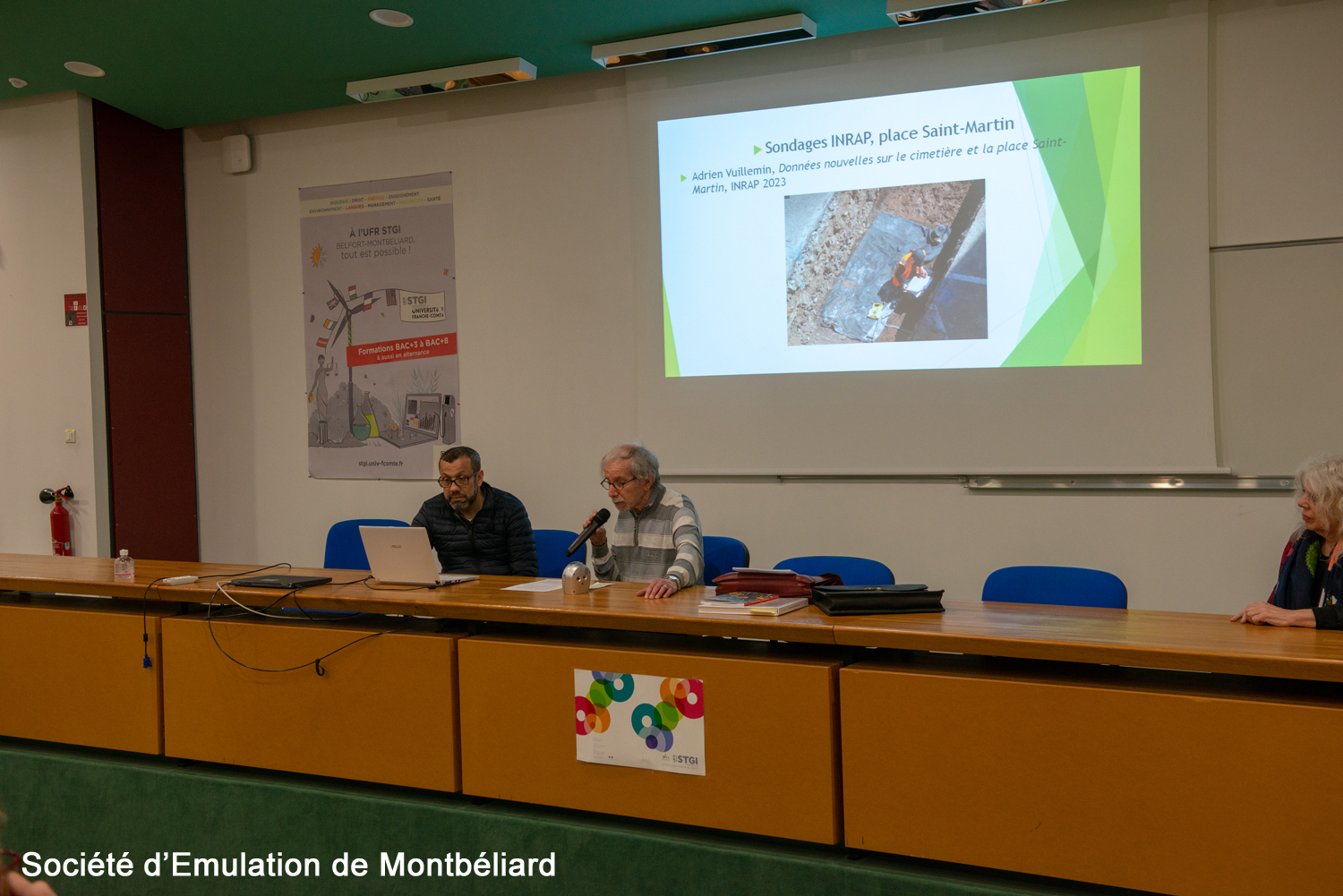
puis André BOUVARD donne la parole à la conférencière Annie MARANDIN :
Paul-Élie Dubois, peintre d’ici, peintre d’ailleurs
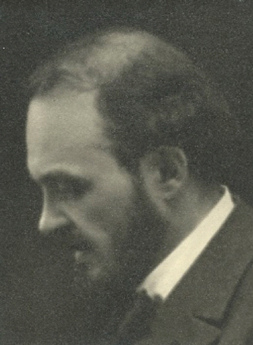
Enfant d’ici, peintre du pays
Paul-Élie Dubois est né le 29 octobre 1886, à Colombier-Châtelot, département du Doubs, dans une famille de religion darbyste. Son père, Élie Dubois, tout d’abord agriculteur et horloger, devient chirurgien-dentiste-prothésiste. L’enfant, fils unique, reçoit une éducation rigoriste mais bénéficie néanmoins d’une grande ouverture culturelle. Sa santé fragile, sa grande sensibilité le poussent à se réfugier dans la lecture et la peinture. Il représente la nature franc-comtoise, exécute des portraits de ses proches, surtout ceux de ses parents.
Des rencontres avec Paul Bruet, peintre amateur montbéliardais, Émile Chabod, artiste de renom séjournant à Pierrefontaine-lès-Blamont, sont déterminantes dans son orientation : il veut étudier l’art à Paris.
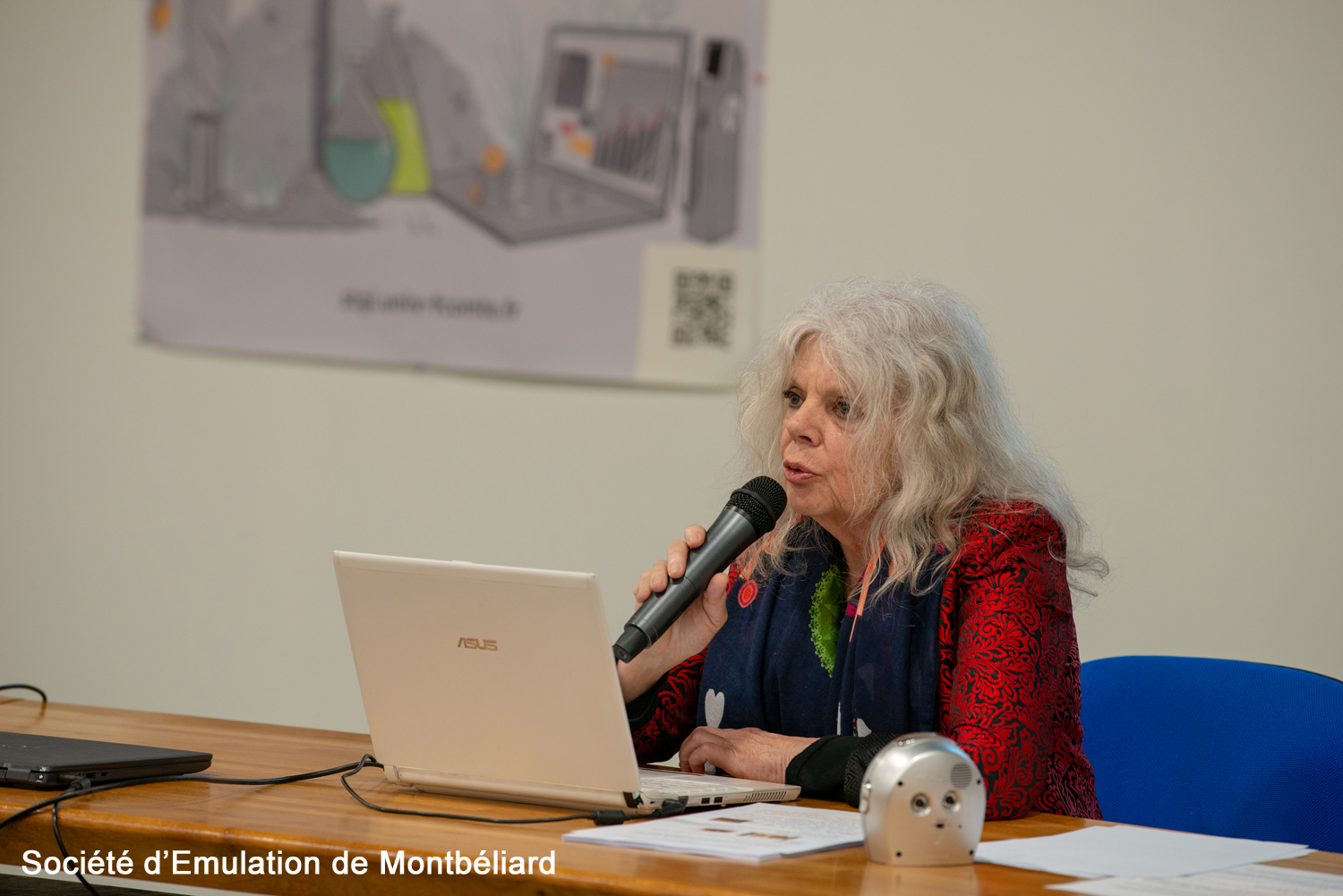
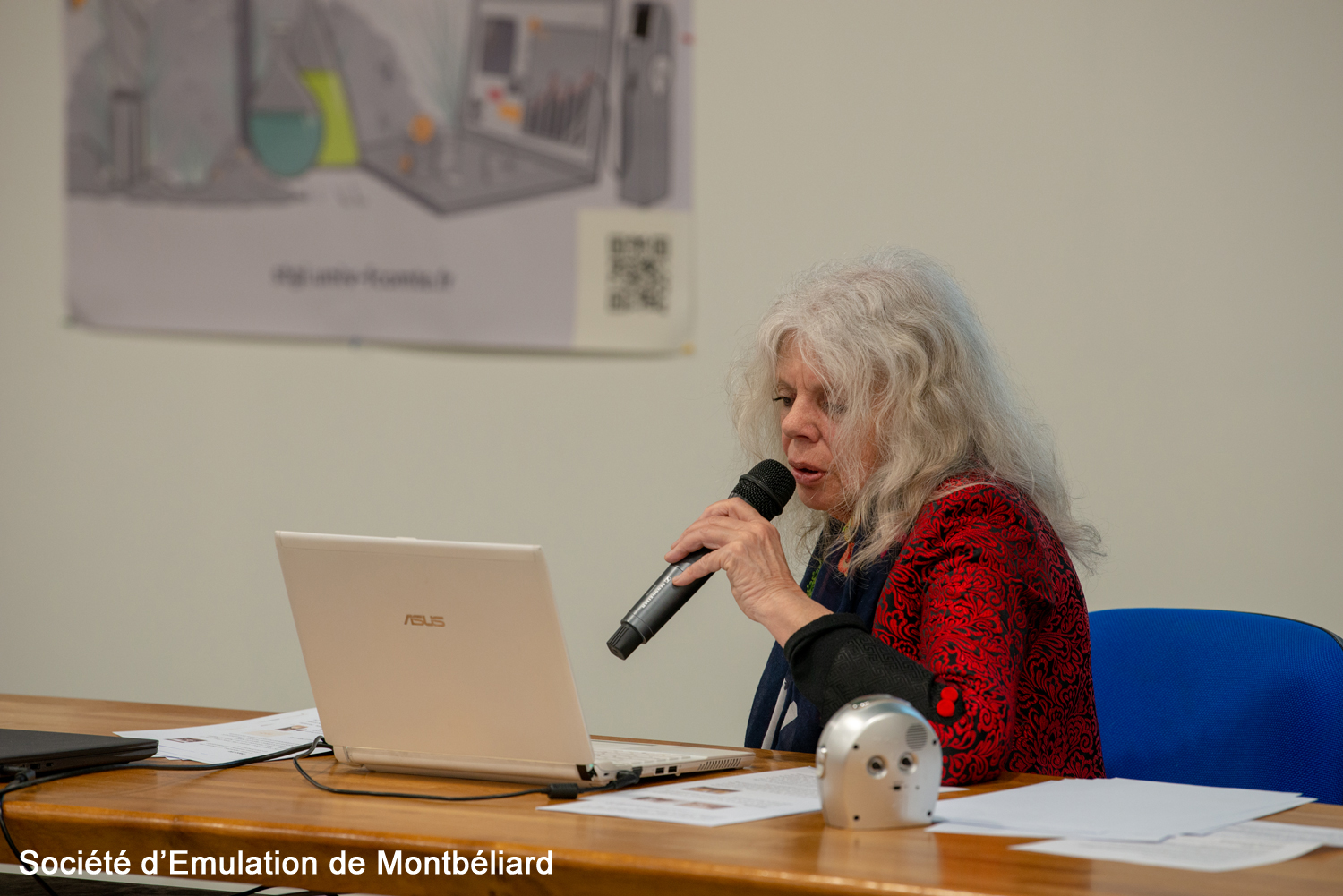
Peindre à Paris
En 1904, Paul-Élie réussit le concours à l’École Nationale des Arts décoratifs, puis entre très vite dans l’atelier des grands maîtres, Laurens, Adler et Cormon. Dans ce qu’il nomme « les noirs ateliers », il reçoit une formation académique estimée nécessaire par le jeune rapin afin d’acquérir la technique et le savoir-faire.
Travailleur acharné, l’artiste est admis au Salon des artistes français dès 1909. Il y exposera jusqu’à la fin de sa vie. En 1910, il réussit l’entrée à l’École des Beaux-Arts où il peut étudier jusqu’en 1916. Il se marie en 1912 avec Jeanne Chabod, fille d’Émile Chabod, elle aussi artiste. De leur union, naît un garçon, Claude, le 18 octobre 1916. Réformé, Paul-Élie ne sera pas exposé aux dangers de la Première Guerre mondiale.
Grâce à son tableau Deuil, il obtient en 1919 un succès national, le prix Thirion, une bourse de voyage et la possibilité d’une résidence d’artiste à Alger, dans la villa Abd-el-Tif.
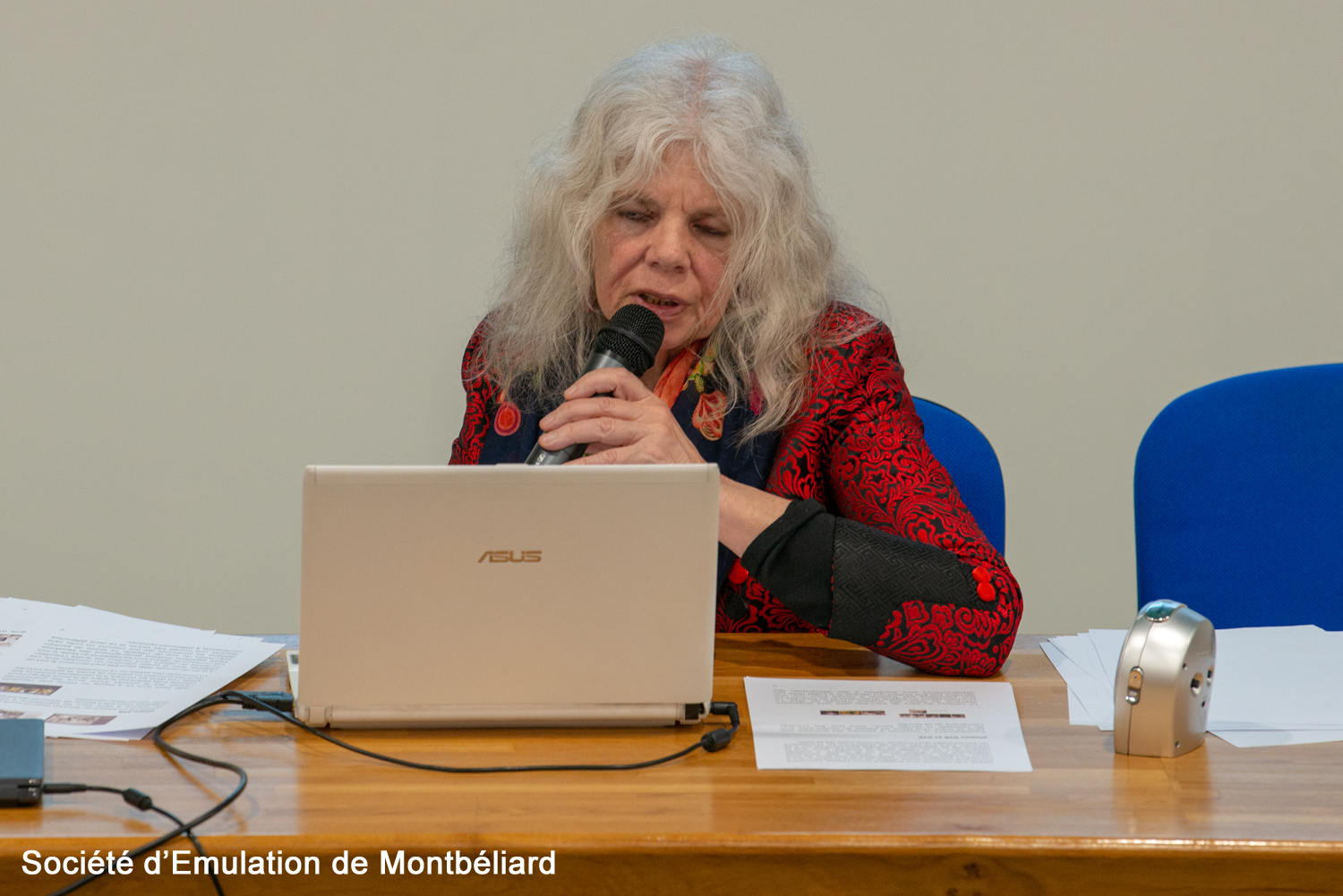
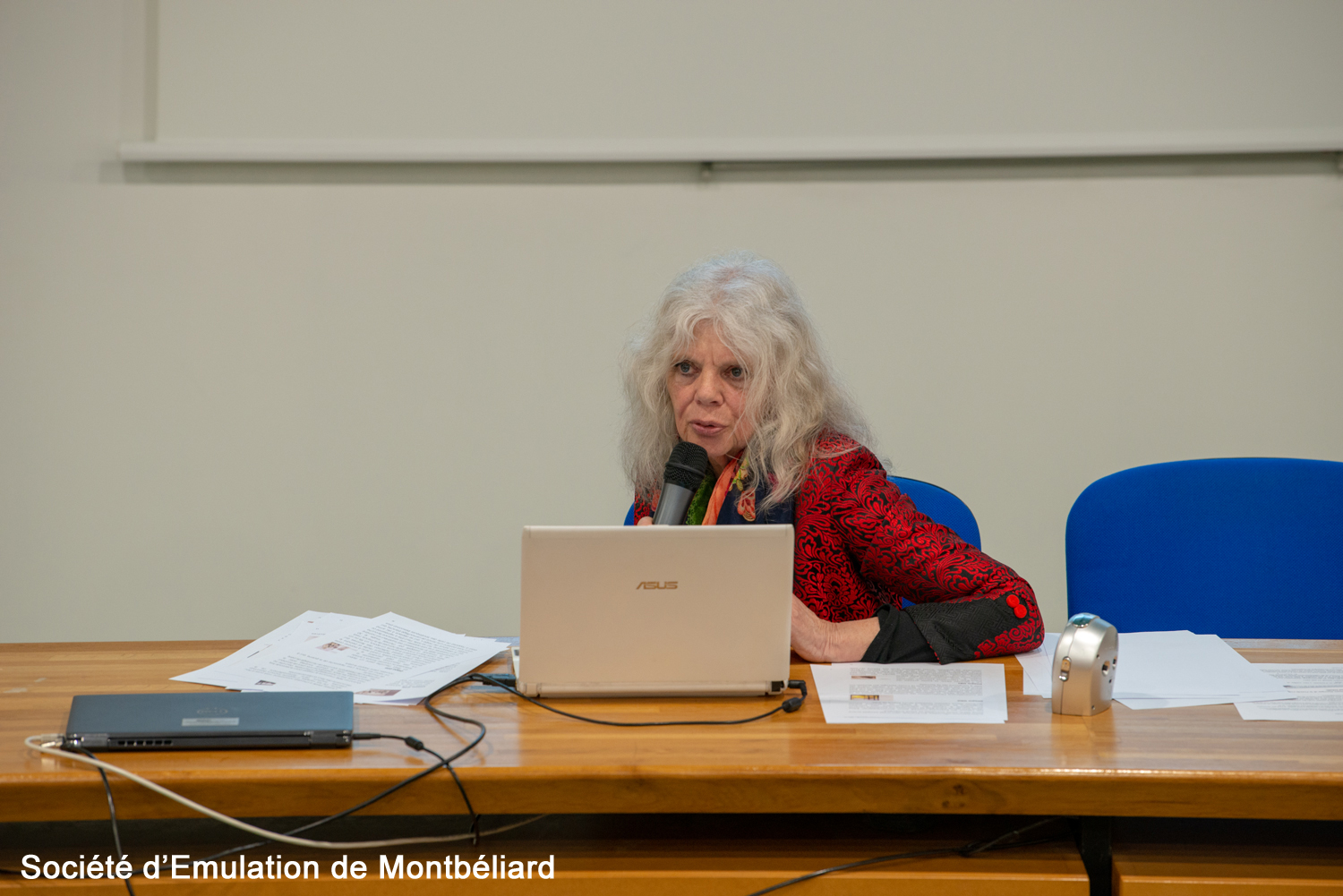
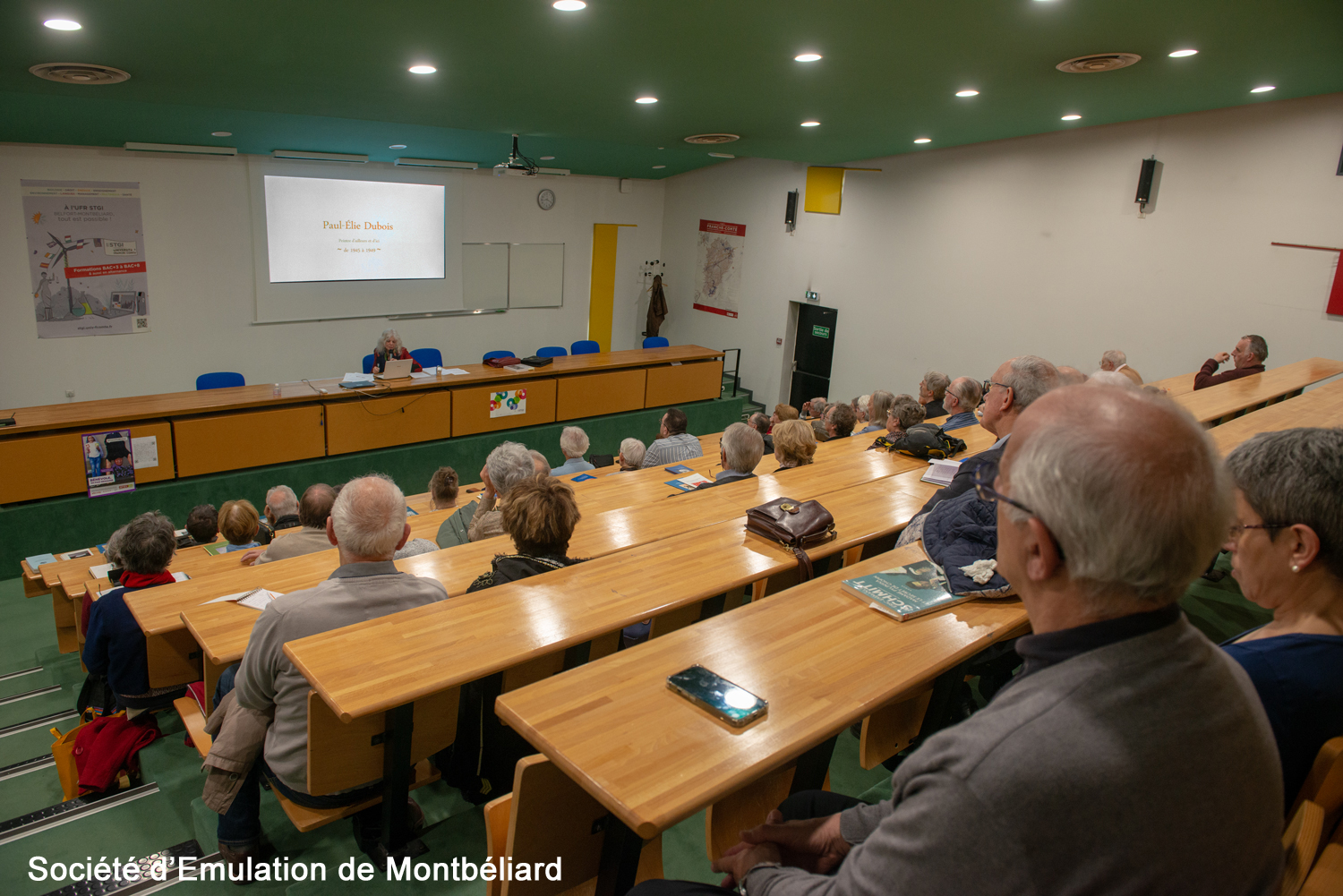
Peindre ailleurs, les lumières méditerranéennes
Dès 1920, la découverte de l’Algérie est un véritable choc pour Paul-Élie. Lumières et couleurs le fascinent au point de faire de ce pays sa deuxième patrie. Commence pour lui une vie de peintre voyageur où son pinceau court librement sur la toile. À l’Algérie, succéderont Le Maroc, la Tunisie, l’Italie… Les récompenses, les prix se succèdent. En 1923, deux de ses tableaux Paix dans la lumière et Les Musiciens arabes obtiennent un prix national, pour la première fois accordé à des œuvres d’inspiration algérienne. Ce début de gloire n’est pas accompagné de réussite sur le plan personnel. A sa grande tristesse, son épouse Jeanne Chabod se sépare de lui.
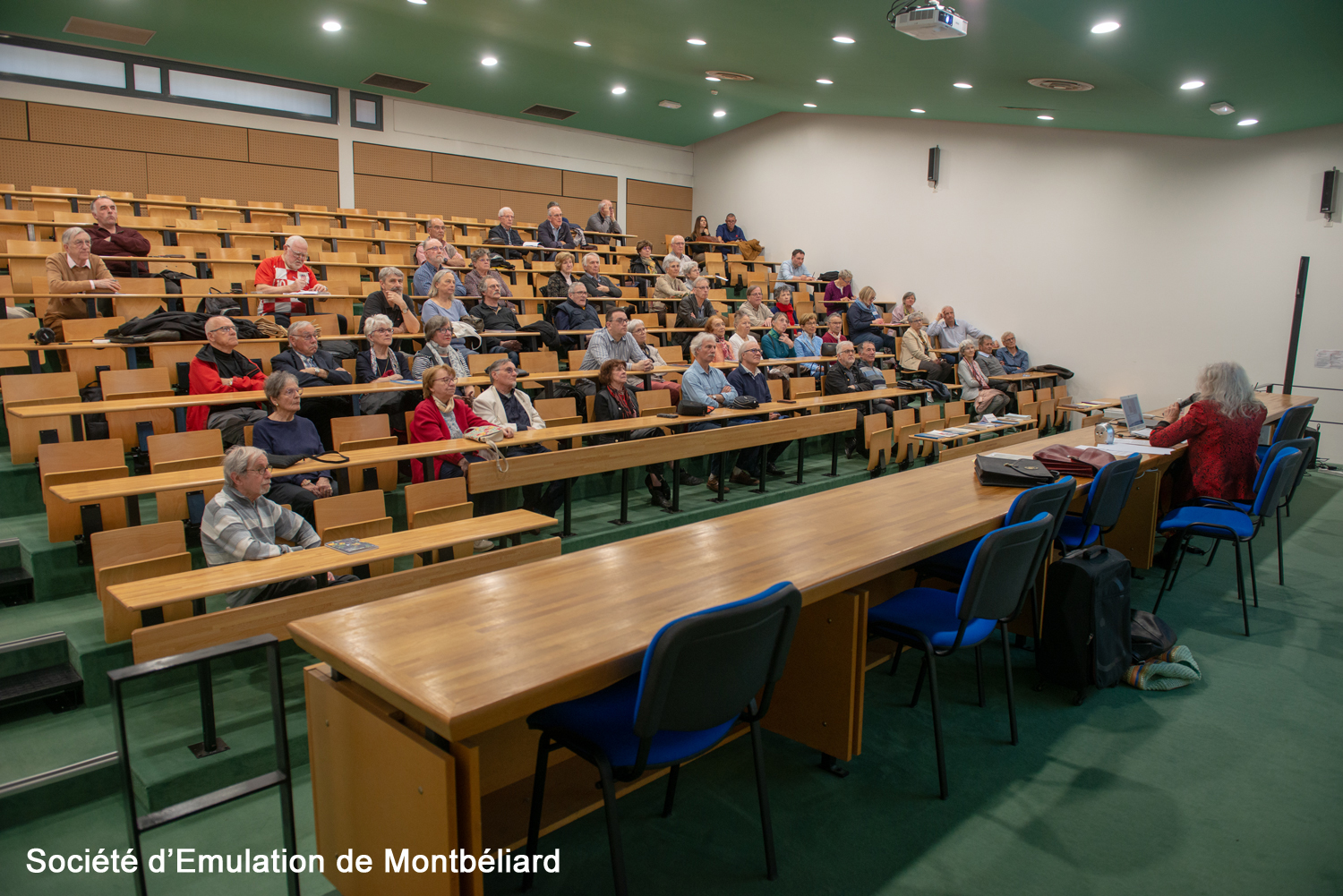
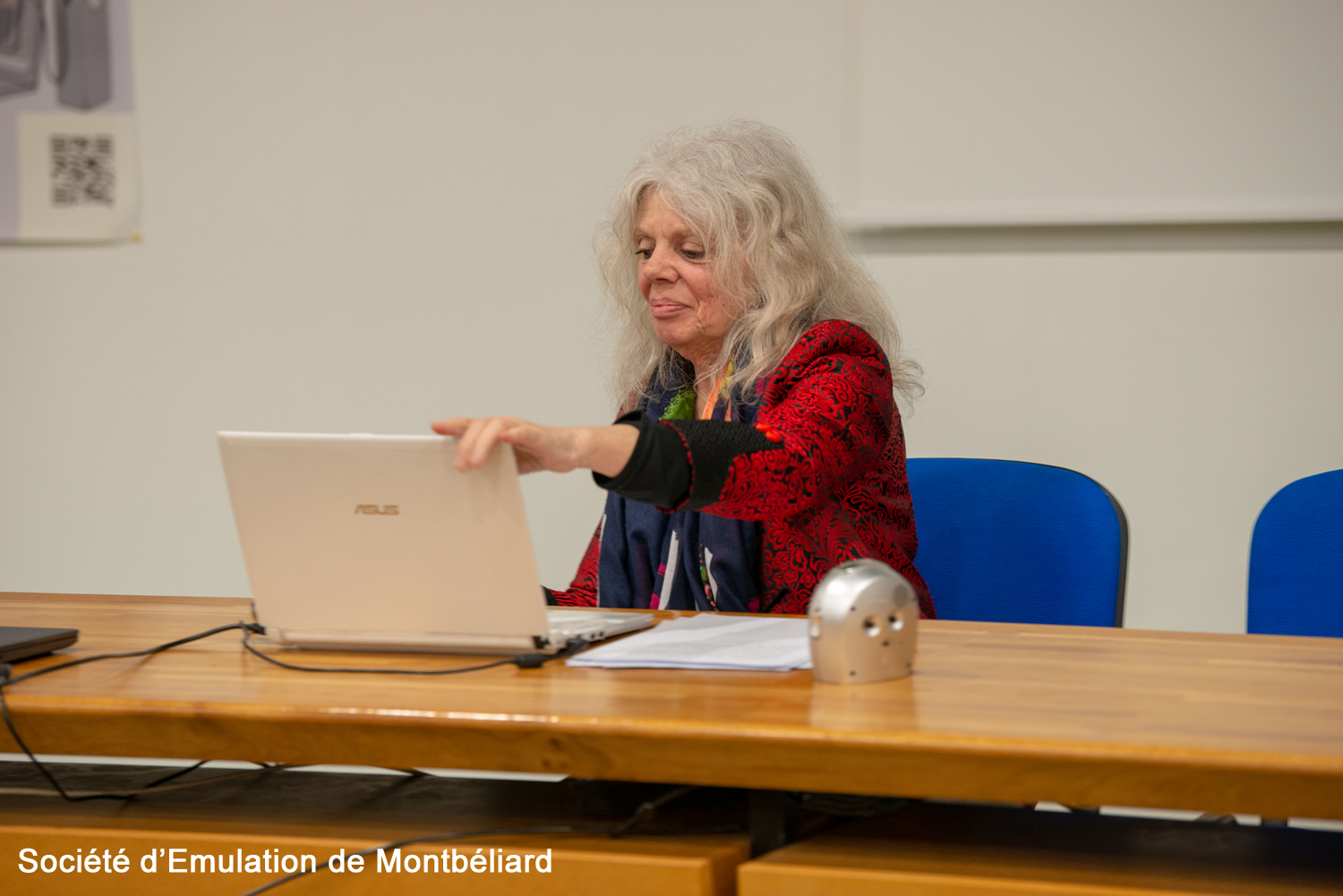
Peintre du Hoggar
En 1928, il est choisi pour participer à une mission scientifique de découverte du Hoggar, massif montagneux de l’extrême-sud du Sahara oriental. Il sera le premier artiste à représenter les lieux et leurs habitants, les Touaregs. Son regard attentif et respectueux de ce peuple fait de lui un véritable peintre ethnographe. Son immense travail, son talent sont salués dans une remarquable exposition au Pavillon de Marsan à Paris en 1929. L’artiste est à son apogée. Sa renommée est dorénavant internationale.
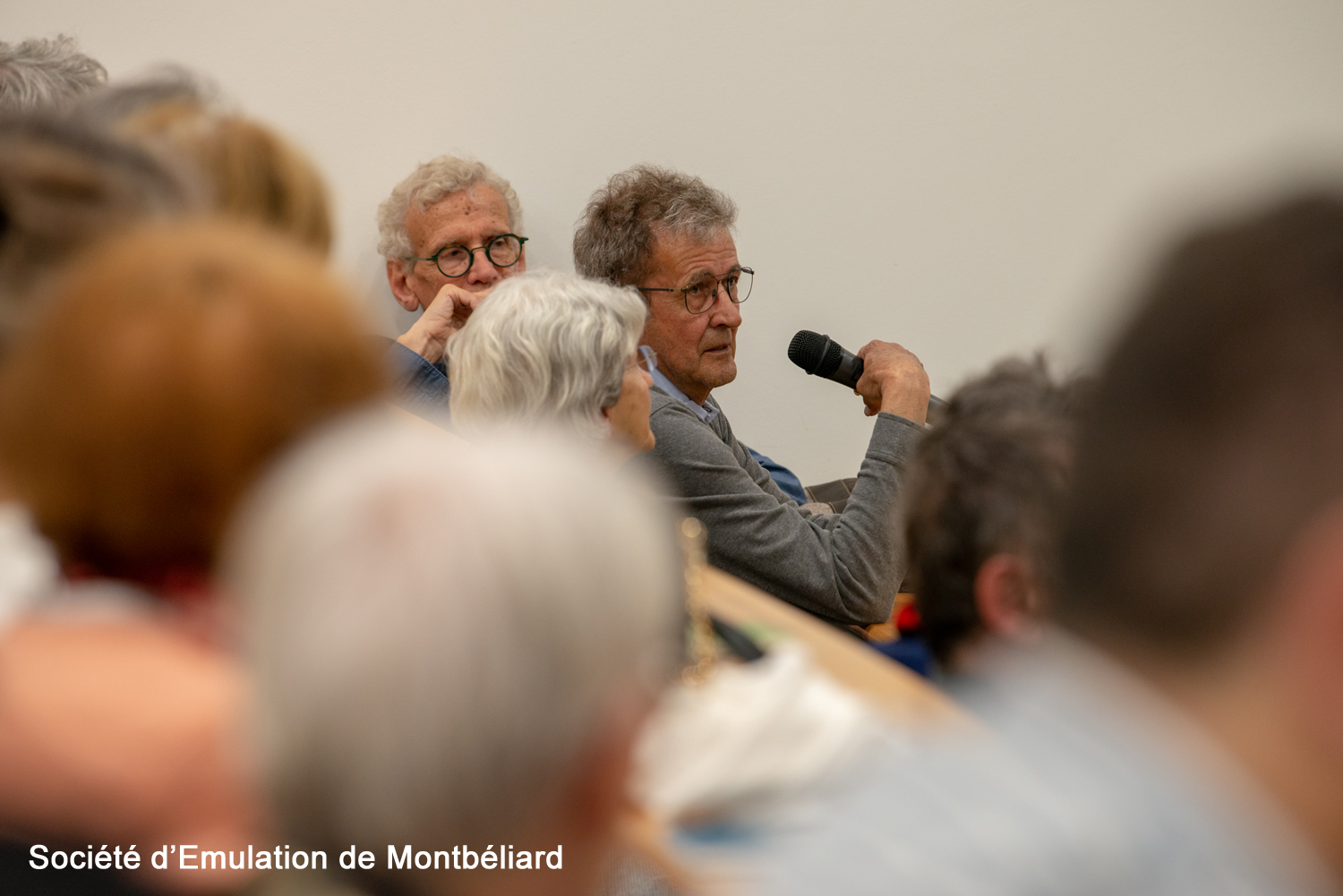
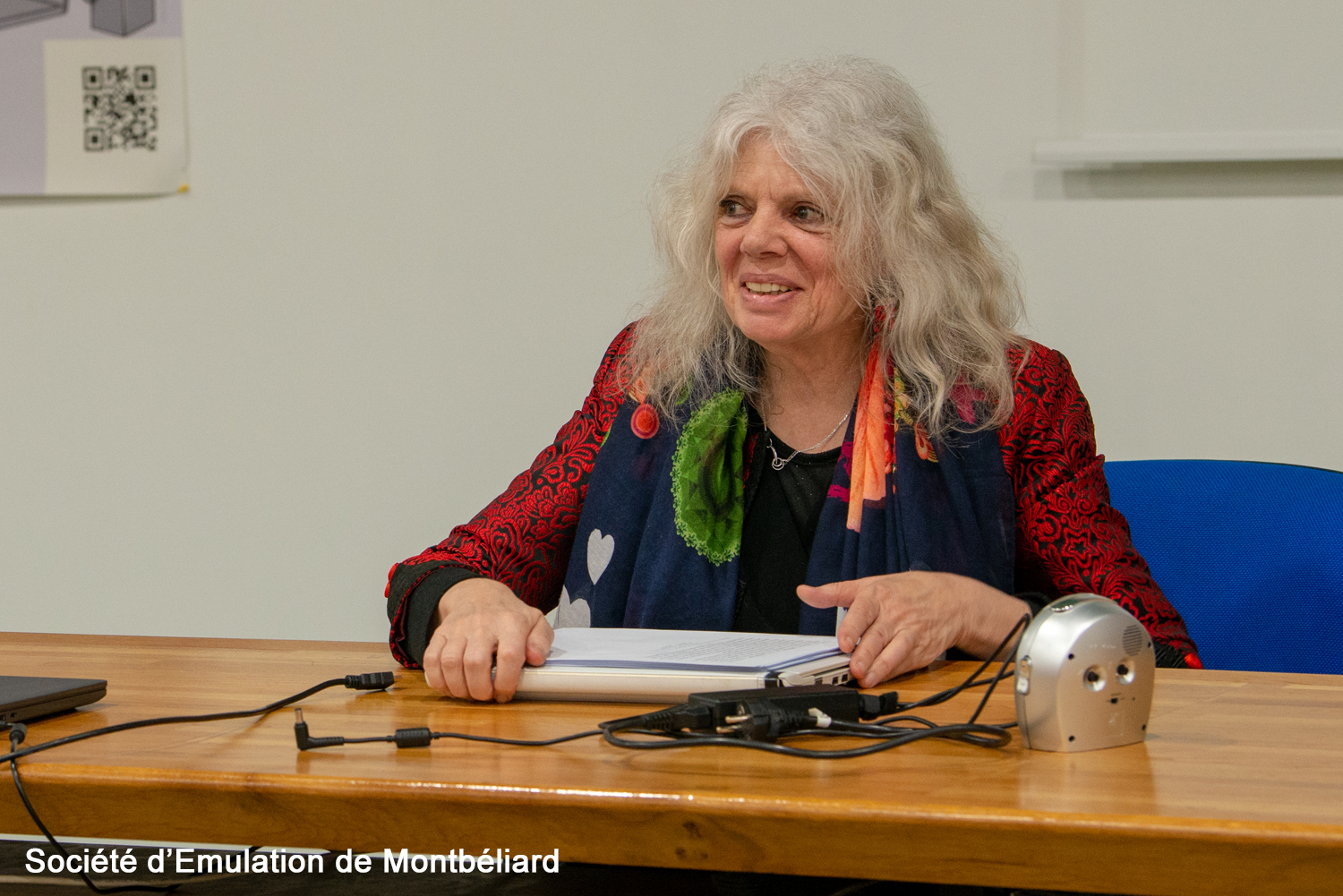
Peintre d’ici et d’ailleurs
Dès lors, l’artiste se partagera sans cesse entre l’Afrique du Nord, Paris et la Franche-Comté. Dans le besoin d’un éternel retour auprès des siens et la nécessité de partir toujours pour retrouver les terres africaines, il mène une vie de peintre voyageur impénitent. Retrouver le Hoggar, en 1938, avec sa nouvelle compagne, l’artiste Henriette Damart, puis, après le décès de celle-ci le 7 janvier 1945, à plusieurs reprises encore, en 1946, 1947 et 1948. Vivre en Tunisie, en Algérie, revenir pour les Salons parisiens, représenter néanmoins les brumes bleues de son pays, les cerisiers blancs de fleurs, les traits fatigués de son père malade, la lumière déposée sur les cheveux blancs de sa mère Élisa, participer à des manifestations franc-comtoises, qu’elles soient à Besançon, Pontarlier, Montbéliard... Le peintre ne sera jamais un seul orientaliste, il est et reste jusqu’au bout de sa vie un peintre du pays. Le 14 février 1949, il s’éteint à Colombier-Châtelot, point de retour après avoir été point de départ.
Dans le livre d’art Je ne sais pas où nous serons demain (203 pages), publié aux éditions de la Belle Étoile en septembre 2021, je relate la vie non seulement de Paul-Élie Dubois, mais celle de ses deux épouses successives, Jeanne Chabod (1886-1974) et Henriette Damart (1885-1945), trois destinées d’artistes entrecroisées, qui ont consacré leur vie à leur art, absolument. Le travail de recherche, conjugué à l’importance des archives familiales généreusement partagées, permet de suivre chacun d’entre eux dans la richesse, l’intimité et le sensible de leur existence.
Annie MARANDIN
Traduction en anglais par Martin PETROWSKY :
Paul-Élie Dubois, painter from here, painter from elsewhere

A local child and a local painter
Paul-Élie Dubois was born on 29 October 1886 in Colombier-Châtelot, Doubs, into a Darbyite family. His father, Élie Dubois, initially a farmer and watchmaker, became a dental surgeon and prosthetist. As an only child, Paul-Élie received a rigorous upbringing but was nonetheless culturally awakened. His fragile health and great sensitivity led him to take refuge in reading and painting. He depicted nature of the Franche-Comté region and painted portraits of his family, especially his parents.
Meeting with Paul Bruet, an amateur painter from Montbéliard, and Émile Chabod, a renowned artist staying in Pierrefontaine-lès-Blamont, was crucial in his decision to study art in Paris.
Painting in Paris
In 1904, Paul-Élie passed the competitive entrance exam to the École nationale des arts décoratifs, and very quickly joined the studios of the great masters, Laurens, Adler, and Cormon. In what he called “the sombre workshops”, he received the academic training deemed necessary to the young apprentice to acquire technique and craft.
A relentless worker, the artist was admitted to the Salon des artistes français in 1909. He exhibited there until the end of his life. In 1910, he was admitted to the École des beaux-arts, where he studied until 1916. In 1912, he married Jeanne Chabod, daughter of Émile Chabod, who was also an artist. They had a son, Claude, on 18 October 1916. Paul-Élie was discharged from the army and was not exposed to the dangers of the First World War.
In 1919, his painting Deuil (Mourning) won him national acclaim – the Prix Thirion –, a travel grant, and the opportunity to live as an artist in the Villa Abd-el-Tif in Algiers.
Painting elsewhere, the Mediterranean lights
Paul-Élie’s discovery of Algeria in 1920 was a real shock. The lights and colours fascinated him to the point of making this country his second home. This was the beginning of a life as a travelling painter, where his brush ran freely across the canvas. Algeria was followed by Morocco, Tunisia, Italy… The awards and prizes followed one another. In 1923, two of his paintings, Paix dans la lumière (Peace in the Light) and Les Musiciens arabes (Arab Musicians) won a national prize, for the first time awarded to works of Algerian inspiration. This early glory was not accompanied by personal success: to his great sadness, his wife Jeanne Chabod broke up with him.
Painter of the Hoggar Mountains
In 1928, he was chosen to take part in a scientific mission to discover the Hoggar Mountains, a mountain range in the far south of the Eastern Sahara. He was the first artist to depict the area and its inhabitants, the Tuareg. His attentive and respectful eye of these people made him a true ethnographer. His immense work and talent were hailed in a remarkable exhibition at the Pavillon de Marsan in Paris in 1929. The artist was at his peak. His reputation was then international.
Painter from here and elsewhere
From then on, the artist divided his time between North Africa, Paris, and Franche-Comté. With the need for an eternal return to his family and the urge to go back again and again to Africa, he led the life of an unsatiable travelling painter. He returned to the Hoggar Mountains in 1938 with his new partner, the artist Henriette Damart, and then, after her death on 7 January 1945, several more times in 1946, 1947 and 1948. Living in Tunisia and Algeria, returning for the Parisian Salons, still depicting the blue mists of his country, the white cherry blossom trees, the tired features of his sick father, the light on the white hair of his mother Elisa, taking part in events in the Franche-Comté region, whether in Besançon, Pontarlier, or Montbéliard… the painter would never be just one Orientalist; he was, and remained for the rest of his life, a local painter. On 14 February 1949, he died in Colombier-Châtelot, a point of return after having been a point of departure.
In the art book Je ne sais pas où nous serons demain – I don’t know where we will be tomorrow – (203 pages), published by the Éditions de la Belle Étoile in September 2021, I recount the lives not only of Paul-Élie Dubois, but also of his two successive wives, Jeanne Chabod (1886-1974) and Henriette Damart (1885-1945), three intertwined artists who devoted their complete lives to their art. The research work, combined with the importance of the family archives generously shared, allows us to follow each of them in the richness, intimacy, and sensitivity of their existence.
Annie MARANDIN / Translation : Martin PETROWSKY.
_____________________
Le livre d'Annie MARANDIN :
